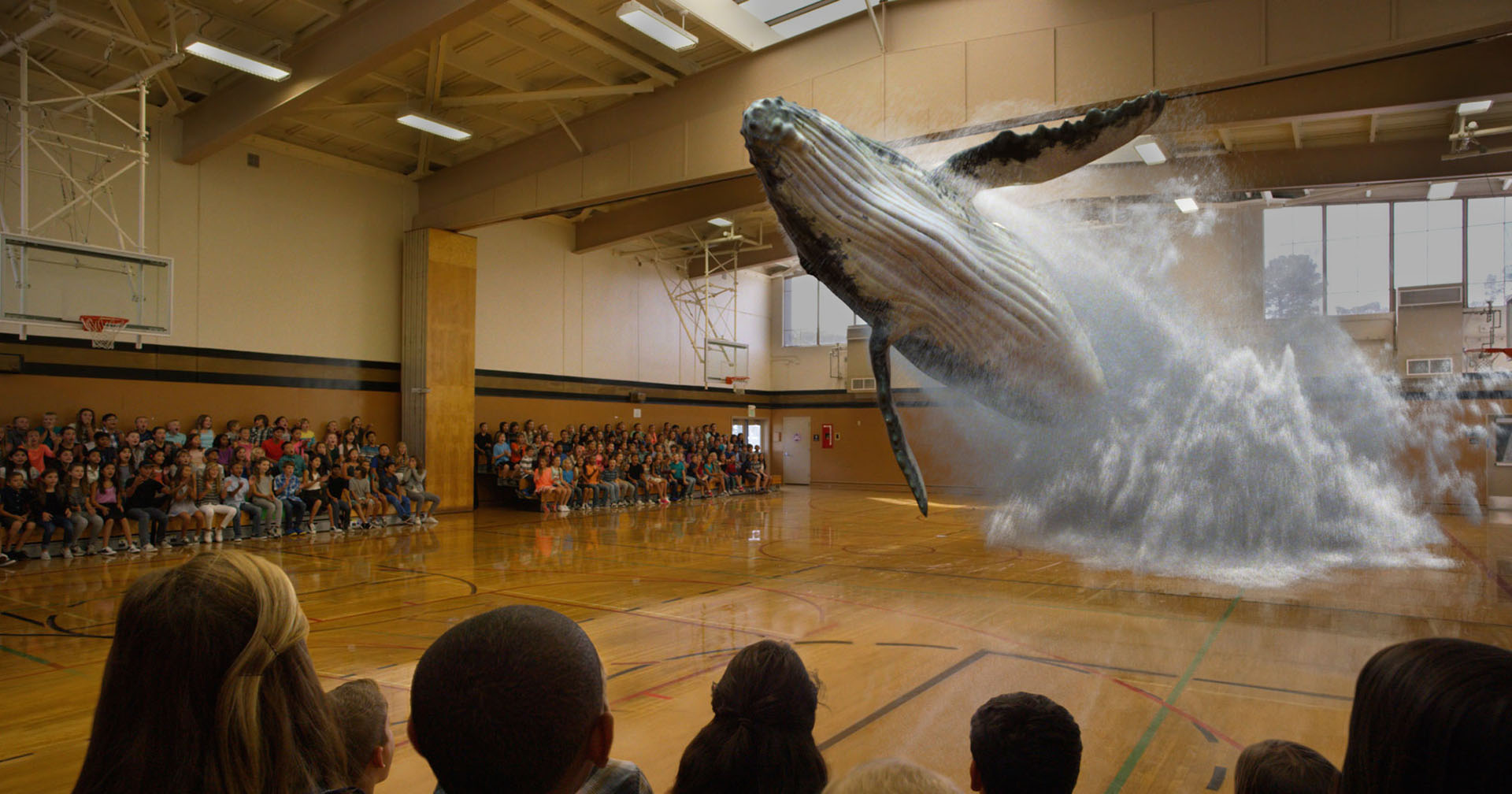

Rumors suggest an Apple VR/AR headset could debut as soon as this year. Unlike Magic Leap’s first attempt, the Magic Leap 2 comes at a time when many companies, including Google, Apple, Meta, are investing in the research and development of the next generation of smart eyewear to provide a superior AR experience. But unlike the completely immersive VR headsets, AR glasses like the Magic Leap 2 give users a sense of physical and digital worlds simultaneously, providing a much more natural experience. While VR headsets are more of an actual everyday product these days, AR glasses haven’t yet caught on. This arrangement should help the Magic Leap 2 work around the occlusion problem that exists in controllers in almost all AR and VR systems that rely on headset-based tracking. While the original product relied on electromagnetic fields to track its controllers’ movements, Magic Leap 2 has switched to using optical tracking by collating inputs from both headset-based sensors and cameras mounted in the actual controller itself. The Magic Leap 2 also boasts of improved tracking in its controllers. The Magic Leap 2’s 3D audio helps position sound to better track multiple conversations, and can also direct the user’s attention to areas out of the user’s current FoV. The device also makes intelligent use of 3D positional audio, which has become a mainstay in VR headsets, as well as in headphones like Apple's AirPods. Magic Leap says the extra camera improves image quality, and minimizes rendering errors. Tracking and audio The original Magic Lens offered one eye tracking camera per eye, but the new glasses double that number to include two eye tracking cameras per eye. The company, in fact, claims that the improved image quality, color fidelity, and text legibility help make the Magic Leap 2’s holographic content visible to surgeons even in brightly lit operating rooms. The Magic Leap 2’s dimming technology can make a whole room, or only parts of it, suddenly darken to offer better contrast or focus on digital content.Īt 22% the real world will be visible even in dark rooms, while at 0.3% the virtual objects would remain visible even in bright outdoor conditions. Magic Lens claims the feature enables users to tweak the glasses with the help of sliders, to let through anywhere from between 22% of real world light to just 0.3%. The result is that holograms should look crisp and vivid. Thanks to a new feature called Dynamic Dimming, Magic Leap 2 is designed to make the digital content stand out against the real world by dimming parts of the user’s vision to near-darkness.

/cdn.vox-cdn.com/uploads/chorus_image/image/60339289/Screen_Shot_2017_12_20_at_9.11.24_AM.0.png)
What really matters for AR glasses is that they make the most of the available FoV, and this figures to be one of the Magic Leap 2’s strongest attributes. That’s not only smaller than our natural FoV, but also lesser than many VR headsets that offer around 110 degrees. Dynamic Dimming: In contrast to VR headsets like the Oculus Quest 2 that immerse viewers entirely in a virtual environment, AR glasses are designed to project digital 3D objects on top of the real world.įor that reason, the Magic Leap 2’s field of view (FoV) is 70 diagonal degrees, as opposed to the 50 degrees on its predecessor.


 0 kommentar(er)
0 kommentar(er)
